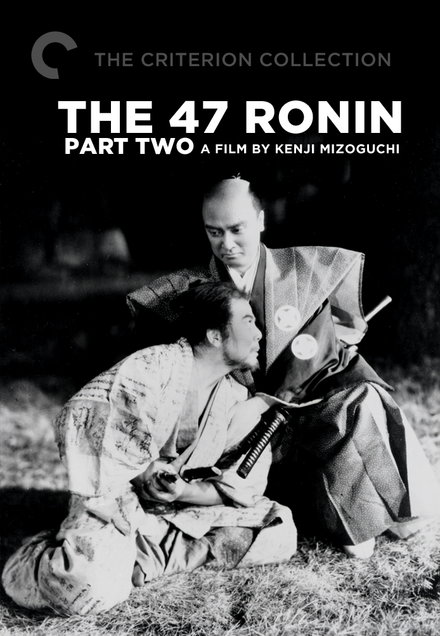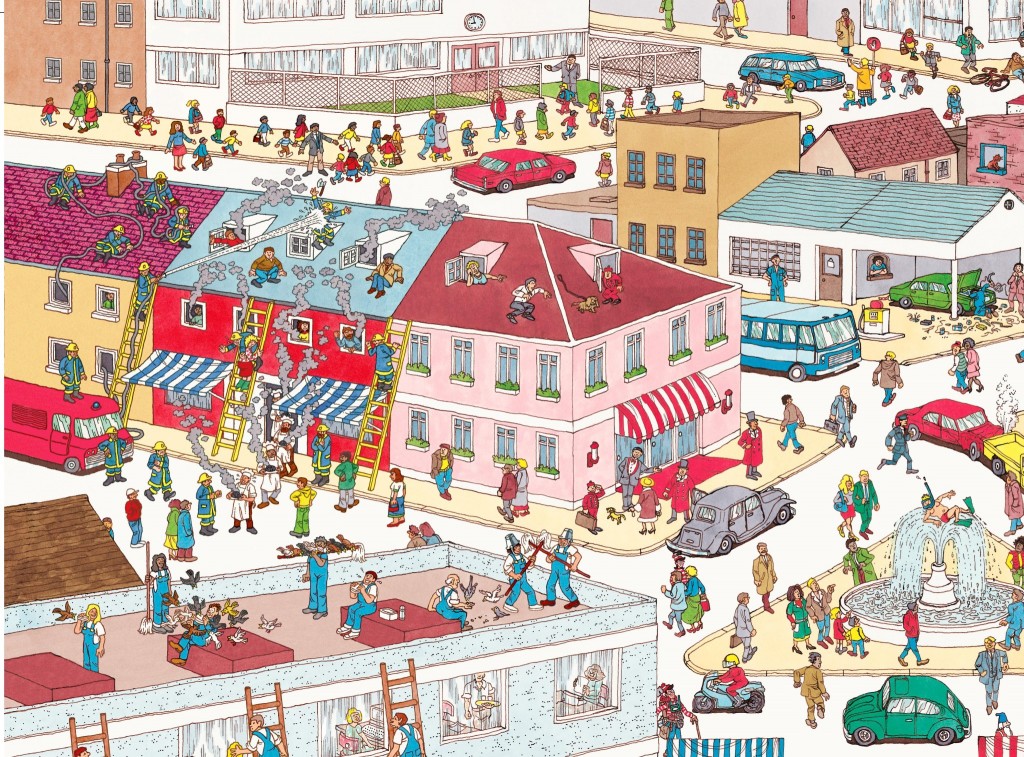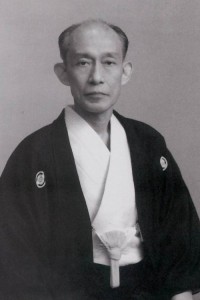 LACMA screening, Jan. 29, 7:30 pm, "Seven Samurai" directed by Akira Kurosawa
Seven Samurai (1954, 207 min, black and white, 35 mm)
LACMA screening, Jan. 29, 7:30 pm, "Seven Samurai" directed by Akira Kurosawa
Seven Samurai (1954, 207 min, black and white, 35 mm)
Thursday, January 29, 2015, 7:30 pm at the Bing Theater in the LACMA
Screenplay by Akira Kurosawa, Hideo Oguni and Shinobu Hashimoto; directed by Akira Kurosawa; with Toshiro Mifune, Takashi Shimura, Daisuke Kato, Isao Kimura, Minoru Chiaki, Seiji Miyaguchi, Yoshio Inaba
The film will be followed by a Q&A between film critic Elvis Mitchell and Robert Singer, Japanese art curator of the LACMA.
Presented in collaboration with the exhibitionSamurai: Japanese Armour from the Ann and Gabriel Barbier-Mueller Collection, Akira Kurosawa's 1954 action-adventure epic's sphere of influence is exhaustingly wide-ranging.
Its admirers range from George Lucas to Peter Jackson, from Neill Blomkamp to Takeshi "Beat" Kitano.
One even wonders if Stan Lee took a little of the abrasion that abounds in this sixteenth century-set story of masterless samurai hired by a farming village to protect them from outlaws and cycled it into the Marvel Comic superteam.
The samurai are led by Kikuchiyo (Toshiro Mifune), who, throughout the story, flips his own mystique about on a regular basis.
Epic and dense, Kurosawa's film lays out the action in clear and robust terms -we always know exactly what's going on and what's at stake.
$7 for LACMA members, students with valid ID and seniors (62+); $10 for the general public.













